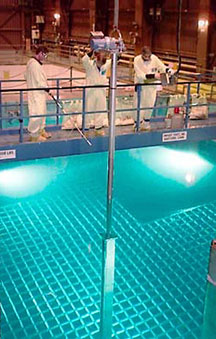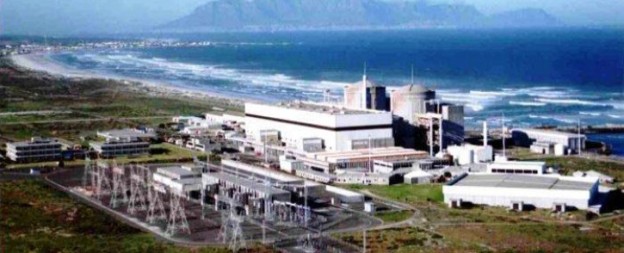In the early hours of 28 July 2012, three people, one of them an 82-year-old nun named Megan Rice, broke into the Y-12 Nuclear Security Complex near the city of Oak Ridge, Tennessee. Y-12 is where all of America’s highly enriched uranium (HEU) – for making nuclear weapons is stored… in November 2007, two groups of intruders cut through the security fences surrounding South Africa’s 118-acre Pelindaba Nuclear Research Centre, west of Pretoria. They got as far as the emergency operations centre before a barking dog alerted a stand-in security office….=
Pelindaba houses South Africa’s stockpile of HEU, which was extracted in 1990 from the six or seven nuclear bombs that the old National Party government had built. According to the Center for Public Integrity (CPI) report, the HEU was melted down and cast into ingots, which were stored at Pelindaba. Over the years, some of the HEU was used to make medical isotopes for sale…..
Now, according to the CPI report, about 220 kg of the HEU remains, with no immediate purpose. This gives Pretoria the theoretical ability to make nuclear weapons again. But what really bothers the US officials who the CPI interviewed is that terrorists could steal the HEU and use it to make nuclear weapons. The report says Pelindaba contains enough weapons-grade uranium to fuel half a dozen bombs, each powerful enough to obliterate central Washingt
…US President Barack Obama has been trying very hard since 2011 to persuade President Jacob Zuma to relinquish the HEU stockpile, as part of his global effort to mop up such fissile material from nuclear states.
So why won’t South Africa give up its HEU stockpile? …Pelindaba is now probably more secure than most US nuclear facilities – especially after the US spent nearly US$10 million in helping South Africa to upgrade security there after the 2007 break-in. … [T]he main reason Pretoria wants to keep its HEU is because ‘it’s a stick they are using to beat up on the US for not dismantling its own nuclear weapons.’
In the end though, the 220 kg of highly enriched uranium stored away in the depths of Pelindaba has much more than commercial or tactical value…the stockpile is a symbol of South Africa’s sovereignty, its power and its integrity: of its ability to use nuclear energy for peaceful purposes – and even of its technical ability to construct an atomic weapon. But also of its firm moral determination never to do so. In that sense, the 220 kg of highly enriched uranium ingots are more precious to the African National Congress government than all the gold bullion in the Reserve Bank. They aren’t going anywhere.
Excerpt from Peter Fabricius, Foreign Editor, Independent Newspapers, South Africa ISS, Why is Pretoria so jealously guarding it fissile material? Mar. 19, 2014



